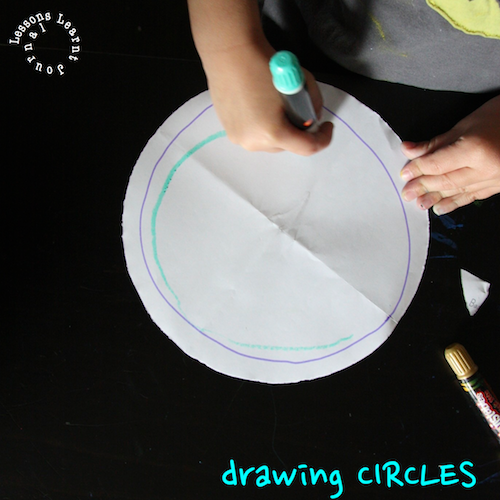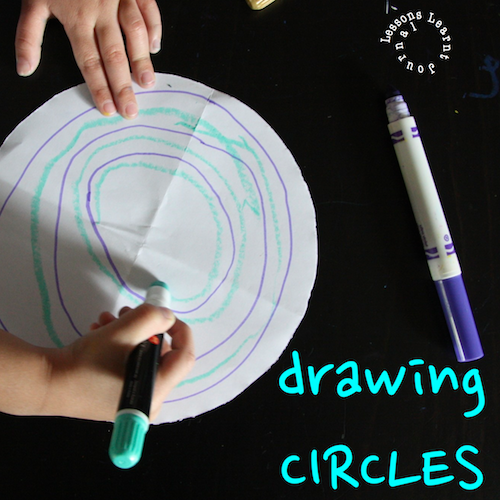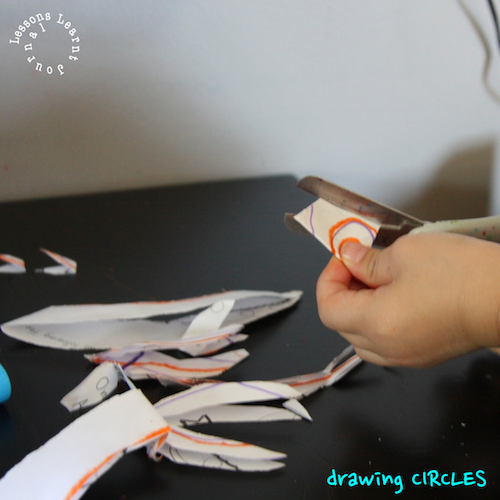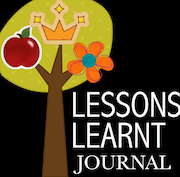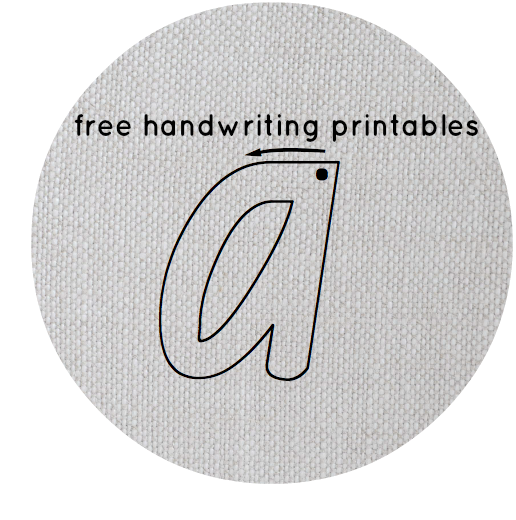Children’s drawing skills progress as their fine motor skills mature. The more control over the pencil or crayon they have in their hands, the more complex their drawing skills become.
- At 12 months – 2 years the crayon is held initially in the palm with the thumbs pointing upwards (in a dagger grasp); the child scribbles vigorously in imitation; often draws a stroke then covers it with many scribbles; and is able to imitate drawing a vertical line.
- At 2 – 3 years the crayon is often held across all fingers in their palm with thumbs pointing down (pronate grasp); the child imitates drawing a circle; and is able to copy horizontal and vertical lines.
- At 3-4 years the crayon may be held with all four fingers on the pencil shaft opposite the thumb (quadropod grasp) or just their index thumb and middle fingers in a static tripod grasp (where the movement comes from the wrist) or a dynamic tripod grasp (where the fingers move independently for optimal accuracy in writing and drawing).
So, at the 3-4 year mark, whether your child has a quadropod grasp, a static tripod grasp or a dynamic tripod grasp, he/she has gained enough control over the pencil or crayon to be able to copy circles, imitate a zig zag line and join two dots as well as draw a man with a head and one other body part. Humans are so wonderfully made, wouldn’t you agree?
I came across this game for practising drawing circles from a really great blog, but for the life of me I can’t backtrack and find the blog and post. (If you know where it’s from, please comment here so I can acknowledge them because this game is such a great idea).
Draw a circle on a piece of paper. Then draw another circle within that circle.
And another circle within that circle. Continue till you can’t draw any more circles and can only fit in a dot.
I provided some scaffolding by taking turns drawing circles with M.
Big pieces of paper and crayons make it easier.
When drawing, watch out for hunching over the paper; gripping the crayon too tightly; reverting to pronate or dagger grasp; not crossing the midline of the body but swapping hands throughout the activity.
M extended the learning experience by folding up the circle into quarters and cutting along the curved lines we had drawn. Cutting is another skill that develops as a child’s fine motor skills matures (check out our cut out snowflakes).
M: 3 years, 9 months

